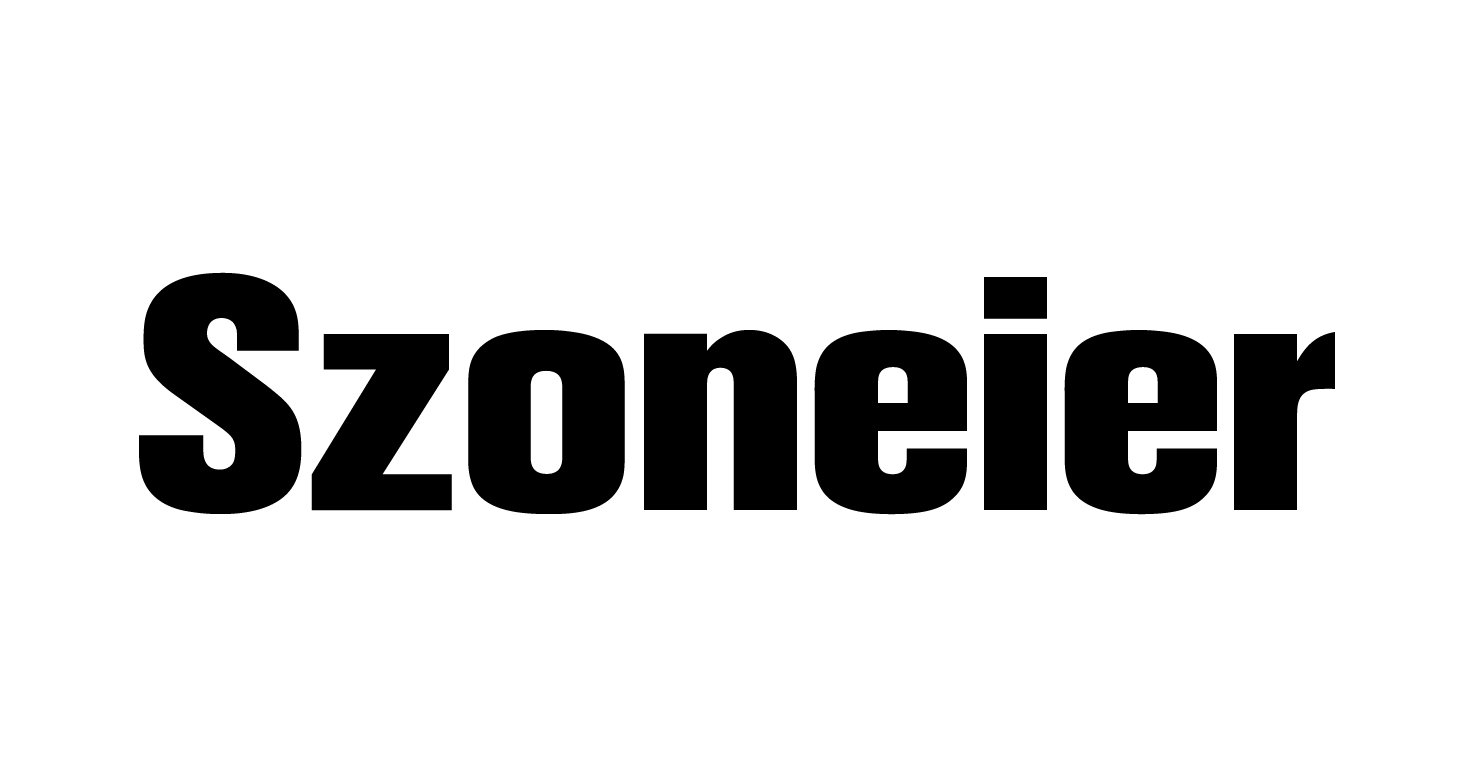Imagine your next collection: vivid florals, geometrics, or abstract swirls dancing across sumptuous silk. Yet behind every yard lies a crucial decision: digital printing’s on‑demand flexibility or screen printing’s time‑tested efficiency? Each method shapes not only your design freedom but also your bottom‑line costs.
Digital printing offers minimal setup and small‑run agility but higher per‑meter ink costs, while screen printing demands larger minimums and higher setup fees yet delivers lower unit prices at scale.
But here’s the human side: one indie designer launched her first silk scarf line with just 50 m of digital prints—and sold out in days—while a heritage brand committed to 1,000 m of screen‑printed satin, driving costs down by 30 % per meter. Which story matches your vision? Let’s dive in.
What Are the Key Differences Between Digital Printing and Screen Printing for Silk Fabric?
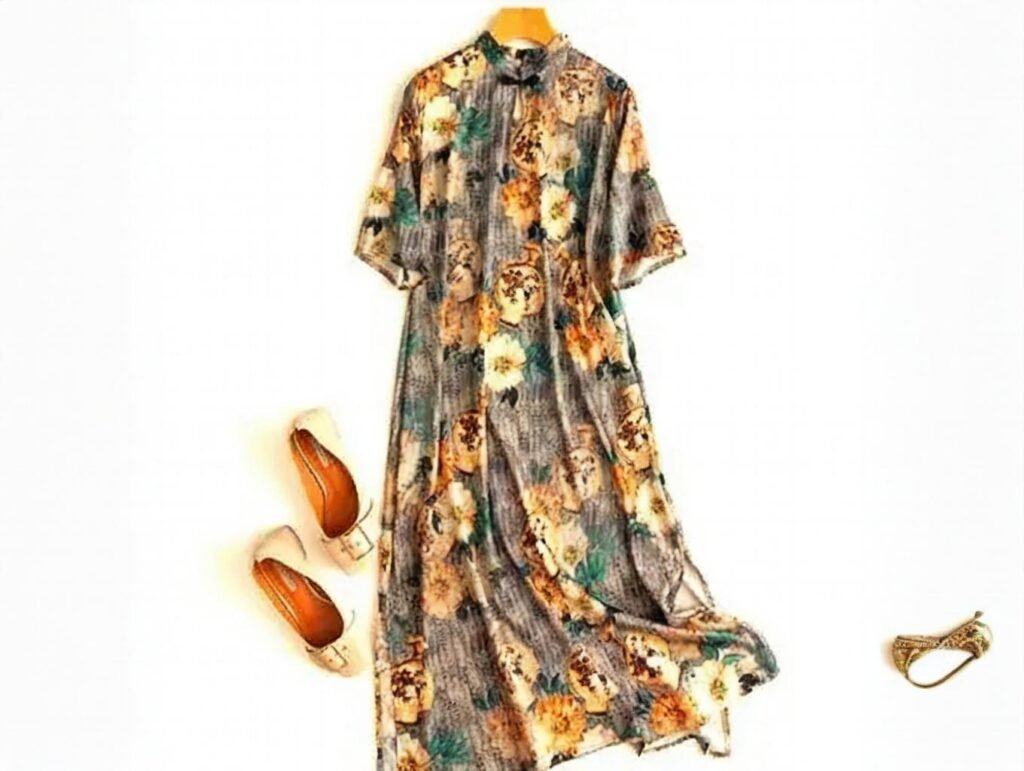
When weighing print methods, the most obvious divide is technology: digital printing uses inkjet heads to deposit micro‑droplets of dye directly onto fabric, while screen printing forces ink through stenciled mesh screens one color at a time. Digital printing excels at short runs, intricate color gradients, and rapid turnaround with minimal setup, whereas screen printing shines on high‑volume orders with bold, solid‑color designs and lower per‑meter costs once setup fees are amortized.
Subtopics to Explore:
- Color Complexity & Separation: Digital handles unlimited colors in one pass; screen printing requires separate screens per color.
- MOQ & Run Length: Digital often starts at 50 m; screen printing usually demands 300 m–500 m.
- Print Quality & Texture: Screen prints impart a tactile “hand”; digital prints lay flatter but capture photo‑realistic detail.
- Equipment Footprint & Maintenance: Digital presses need regular head cleanings; screen houses require screen reclamation facilities.
- Environmental Considerations: Water‑based digital inks vs. solvent or plastisol screens with chemical wash‑offs.
| Feature | Digital Printing | Screen Printing |
|---|---|---|
| Color Capacity | Unlimited soft‑edge shades | 4–8 screens (solid colors) |
| Setup Time | <1 day | 2–4 days (screen preparation) |
| Minimum Order | 50 m | 300 m |
| Cost per Meter (100 m run) | $12.00 | $8.50 |
| Lead Time | 1–2 weeks | 3–5 weeks |
| Print Hand | Smooth, flat | Slightly raised, textured |
| Waste & Cleanup | Low (direct‑to‑fabric) | Higher (screen wash‑out) |
Critical Perspectives:
- Art vs. Efficiency: Digital’s photo‑realism may win hearts but can cost 30 % more per meter on small runs.
- Scale Sweet Spot: Screen printing becomes cost‑effective only beyond the 500 m mark—otherwise setup fees outweigh savings.
- Hybrid Approaches: Some studios pair digital prints for photo‑elements with screen‑printed solid accents to balance cost and creativity.
How Do Material Costs Compare Between Digital and Screen Printing Methods?
Material costs underpin every print decision. Digital presses require specialized reactive or disperse inks formulated for high‑resolution deposition, whereas screen printing uses larger volumes of less expensive dye pastes—but also demands mesh, emulsions, and reclaim chemicals. On a 200 m order, digital ink expenses average $4–$5 per meter, while screen printing ink and consumables average $2–$3 per meter, though screen setups add a one‑time $800–$1,200 cost that must be amortized across the run.
Subtopics to Explore:
- Ink & Consumables Breakdown: Cost per liter of digital reactive ink vs. screen‑print paste.
- Fabric Pre‑Treatment Needs: Digital often requires minimal pre‑coat; screens may need specialized primers.
- Waste Ratios: Digital jetting has ~5 % waste; screen wash‑out can exceed 20 %.
- Artwork & Screen Charges: Average screen creation costs ($40–$60 per screen).
- Case Study: 500 m Run in Bangalore Mill
| Cost Component | Digital Printing (per m) | Screen Printing (per m) |
|---|---|---|
| Ink/Colorant | $3.50 | $1.80 |
| Screen Mesh & Emulsion (amortized) | N/A | $1.50 |
| Pre‑Treatment & Primer | $0.20 | $0.30 |
| Waste & Cleanup | $0.40 | $0.80 |
| Subtotal Material Cost | $4.10 | $4.40 |
| One‑Time Setup (amortized over 200 m) | N/A | $6.00 |
| Effective Cost Including Setup | $4.10 | $10.40 |
Critical Perspectives:
- Run Length Sensitivity: Screen’s apparent material savings vanish on smaller runs once setup is included.
- Ink Innovation: Advances in digital ink formulations are narrowing the cost gap by improving yield and reducing waste.
- Eco‑Premiums: Many buyers now pay up to 10 % more for low‑impact, water‑based inks—available in both digital and screen formats.
Which Printing Technique Offers Lower Setup and Artwork Fees?
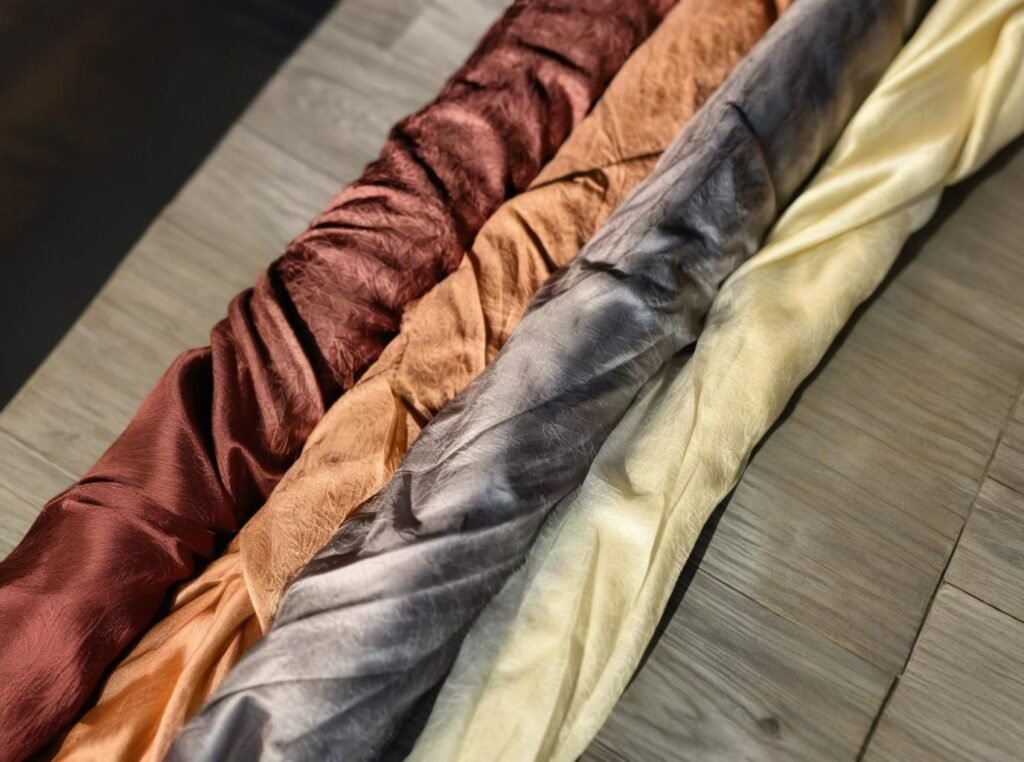
Setup and artwork costs can make or break a small‑run project. Digital printing requires virtually no physical setup—just a digital file and calibration—so setup fees are often under $100 for basic color profiling. In contrast, screen printing demands screen creation, mesh stretching, emulsion application, and sometimes color separation services, which can total $600–$1,200 upfront before a single meter is printed. Digital printing typically carries setup fees of under $100 (mostly file prep), while screen printing setup fees—including mesh, emulsion, and color separations—range from $600 to $1,200, making digital the more economical choice for small or multi‑design runs.
Subtopics to Explore:
- Artwork Preparation Time: Digital file adjustments vs. manual separations for screens
- Screen Lifecycle & Reuse: How many runs you get per screen before replacement
- Color Separation Services: Outsourced vs. in‑house costs
- Proofing & Correction Fees: Rounds of test prints and associated charges
- Case Study: Boutique Label’s 5‑Color Run
| Cost Component | Digital Printing | Screen Printing |
|---|---|---|
| File Prep & Color Profiling | $50 | $150 (per color) |
| Screen Mesh & Emulsion | N/A | $60 per screen |
| Color Separation Service | N/A | $100 per color |
| Proofing & Corrections | $30 | $80 per screen |
| Total Setup Fee (5 colors) | $80 | $1,150 |
Critical Perspectives:
- Reusability vs. One‑Offs: Screen costs amortize well if reusing the same design multiple seasons; digital remains flat regardless of future runs.
- Hidden Proofing Costs: Screen houses often bill incremental proof rounds, so budget an extra 10–15 % for revisions.
- Hybrid Prep Models: Some mills offer “screen caching,” where you pay half setup now to lock in artwork for future orders at reduced re‑setup fees.
How Does Order Volume Impact Cost Efficiency in Each Printing Method?
Economies of scale play out differently in digital vs. screen printing. Digital cost per meter remains relatively stable across run lengths—dropping only slightly beyond 500 m—because ink usage, machine time, and file setups are flat. Screen printing, however, sees steep declines: the per‑meter cost on a 1,000 m run can be 40 % less than on a 300 m run, as setup fees are spread over more yards and ink is used more efficiently. Digital printing per‑meter costs dip marginally (5–10 %) when scaling from 100 m to 1,000 m, whereas screen printing per‑meter costs can fall by 30–40 % when increasing run size from 300 m to 1,000 m, due to amortized setup and ink efficiency.
Subtopics to Explore:
- Cost Curve Analysis: Graphing cost per meter vs. run length for each method
- Break‑Even Points: Identifying run lengths where screen undercuts digital
- Inventory Holding Costs: Larger runs add storage and working‑capital burdens
- Risk Management: Balancing unit cost savings against unsold yardage
- Case Study: 300 m vs. 1,000 m Run in Vietnam Facility
| Run Length | Digital Cost/meter | Screen Cost/meter | Screen Setup Amortized (per m) |
|---|---|---|---|
| 100 m | $12.00 | $15.50 | $6.00 |
| 300 m | $11.50 | $10.50 | $2.00 |
| 500 m | $11.00 | $9.00 | $1.20 |
| 1,000 m | $10.50 | $8.50 | $0.60 |
Critical Perspectives:
- Cash Flow vs. Unit Cost: Bulk orders drive savings but tie up significant capital and storage.
- Demand Forecast Accuracy: Over‑ordering to chase lower unit prices can backfire if sales projections falter.
- Sustainability Considerations: Smaller, just‑in‑time digital runs may reduce waste compared to large screen print batches.
What Are the Labor and Production Time Variances Between Digital and Screen Prints?
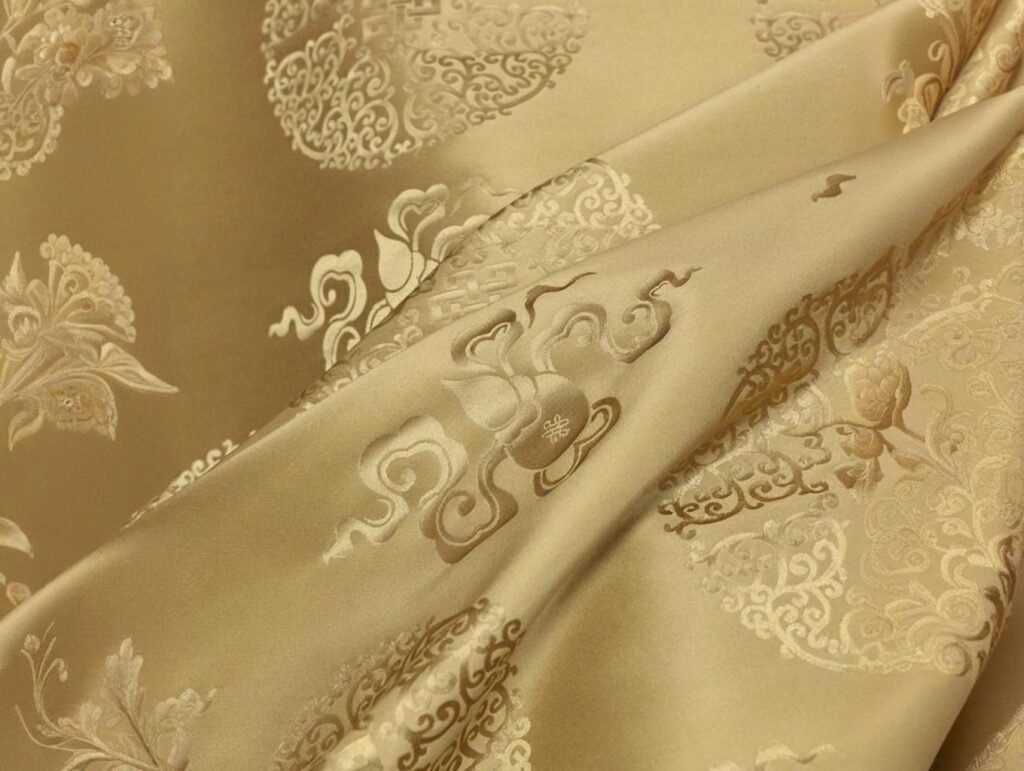
The hands‑on nature of screen printing means each color pass, screen alignment, and cure cycle adds labor hours, whereas digital presses run unattended once setup is complete. On average, a 300 m screen‑print job with four colors requires 16–20 labor hours, while a digital print of the same length might need just 4–6 hours for file prep, machine setup, and quality checks. Screen printing demands roughly 0.05–0.07 labor hours per meter, driven by multi‑pass setups and curing, whereas digital printing averages 0.015–0.02 labor hours per meter, thanks to automated printing and rapid changeovers.
Subtopics to Explore:
- Labor Cost Breakdown: Operator rates, overtime premiums, and specialized skills
- Machine Throughput Rates: Linear meters per hour for digital vs. screen lines
- Curing & Drying Time: Infrared vs. conveyor ovens and batch curing cycles
- Indirect Labor: Screen cleaning, reclaiming, and press maintenance
- Case Study: 500 m 6‑Color Screen Run in Italy
| Metric | Digital Printing | Screen Printing |
|---|---|---|
| Labor Hours per Meter | 0.015 | 0.06 |
| Machine Speed (m/hr) | 50–80 | 30–40 (per color pass) |
| Curing Time per Batch | 5–10 minutes | 15–25 minutes |
| Indirect Labor Overhead (%) | 10 % | 25 % |
| Total Labor Cost per Meter | $0.30 | $1.20 |
Critical Perspectives:
- Automation vs. Artistry: Higher automation cuts labor but may sacrifice artisanal screen‑print finishes prized by luxury brands.
- Overtime & Scalability: Screen lines often incur overtime rates for large runs, whereas digital can often run nights unattended.
- Predictability: Digital print times remain consistent across designs; screen times fluctuate with color count and registration complexity.
Which Method Provides Better Color Accuracy and Consistency at Scale?
Color fidelity is mission‑critical for brand identity. Digital printing’s ICC color management profiles can reproduce gradients and photographic detail with ±2 ΔE accuracy, while screen printing typically achieves ±3 ΔE once screens are calibrated—but may drift over long runs due to mesh wear and ink viscosity changes. Digital printing delivers superior gradient reproduction and consistent color matching within ±2 ΔE across runs, whereas screen printing offers strong solid‑color opacity but wider variance (±3 ΔE), requiring frequent test prints on runs above 500 m to maintain accuracy.
Subtopics to Explore:
- Color Management Workflows: ICC profiling vs. manual ink recipes
- Run‑to‑Run Consistency: How screens age and affect print outcomes
- Proofing Strategies: Digital soft proofs vs. physical strike‑offs for screens
- Complex Gradients & Photorealism: Why digital is preferred for detailed imagery
- Case Study: 1,000 m Luxury Scarf Collection in France
| Attribute | Digital Printing | Screen Printing |
|---|---|---|
| Color Accuracy (ΔE) | ±2 | ±3 |
| Gradient Reproduction | Excellent | Limited to halftone dots |
| Solid‑Color Opacity | Good (1–2 passes) | Excellent (1 pass) |
| Proofing Rounds Needed | 1 (soft proof) | 2–3 (strike‑offs) |
| Mid‑Run Adjustments | File tweak, low downtime | Screen clean/re‑separation |
Critical Perspectives:
- Tolerance Thresholds: Luxury labels often demand ΔE < 1, achievable only with rigorous screen maintenance or high‑end digital presses.
- Visual vs. Instrumental Matching: Human eye may accept small ΔE shifts that instruments flag—balance technical specs with end‑user perception.
- Color Evolution Over Time: Consider how repeated wash tests or light exposure may reveal differences between print methods.
How Do Maintenance and Equipment Depreciation Affect Long-Term Costs?
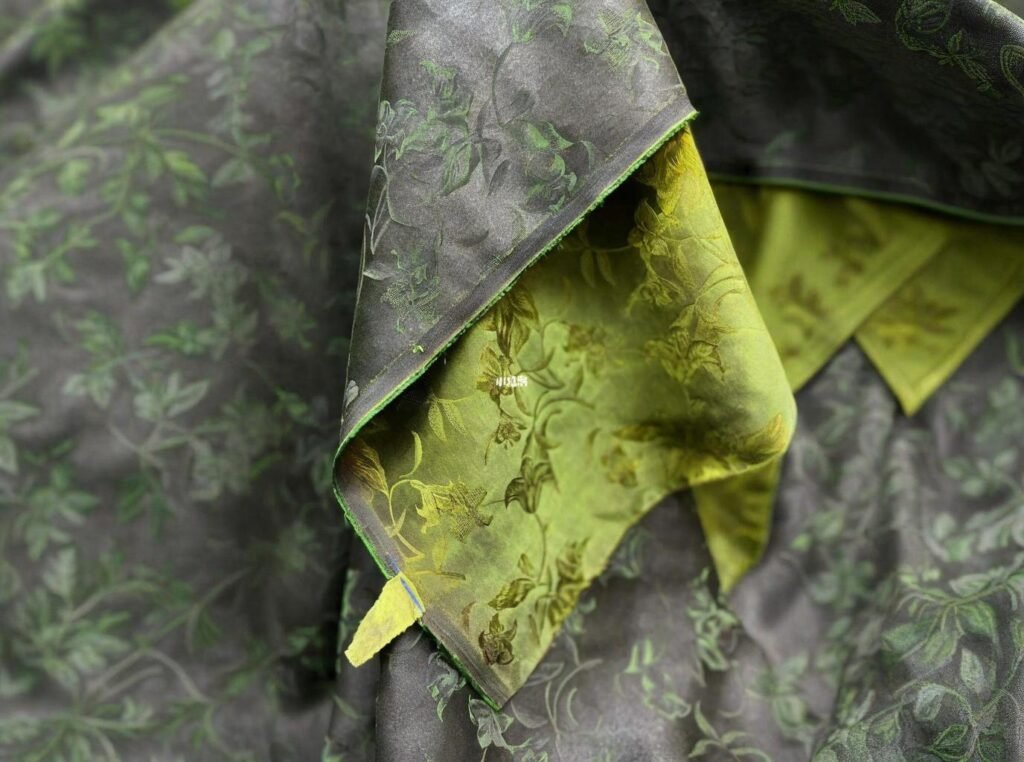
Whether you invest in a high-end digital press or a traditional screen-print setup, ongoing maintenance and equipment aging play a big role in your true per‑meter expense. Digital printheads need periodic replacement—often every 1–2 million meters—at $15,000–$20,000 per set, while screens, squeegees, and exposure units in a screen house require annual overhaul costs near $5,000. Digital printers incur annual service contracts and printhead replacements ($15,000–$20,000 every 1–2 M m), whereas screen setups require yearly maintenance of mesh frames and exposure units (~$5,000), translating to $0.015–$0.02 extra per meter for digital and $0.01–$0.02 for screen methods.
Subtopics to Explore:
- Printhead Lifespan & Yield: Cost per printed meter based on head寿命
- Screen Mesh Wear & Tear: Replacement cycles and impact on registration accuracy
- Contracted Service vs. In‑House Tech: Pros/cons of OEM support vs. local technicians
- Calibration & Color Profiling Updates: Frequency and associated fees
- Case Study: Five-Year Cost Projection for a Mid‑Size Mill
| Maintenance Item | Digital Printing Cost | Screen Printing Cost |
|---|---|---|
| Annual Service Contract | $10,000 | N/A |
| Printhead Replacement (per set) | $18,000 / 1.5 M m | N/A |
| Screen Mesh Replacement | N/A | $3,000 per year |
| Exposure Unit Maintenance | N/A | $2,000 per year |
| Calibration & Profiling | $2,000 per year | $1,000 per year |
| Amortized Cost per Meter | $0.015–$0.020 | $0.010–$0.020 |
Critical Perspectives:
- Outsourced vs. Owning: Leasing digital equipment can shift maintenance costs into predictable monthly fees.
- Vendor Lock‑In: OEM printheads often cost 2–3× third‑party alternatives, so consider compatibility when purchasing.
- Depreciation Schedules: Tax benefits on capital equipment may offset depreciation impact—consult your finance team.
What Strategies Can Buyers Use to Optimize Costs When Choosing Between Digital and Screen Printing?
Ultimately, choosing the right print method is a strategic decision. Start by mapping your design calendar: use digital for rapid‑turn, small‑batch experimentation, then switch to screen for stable, high‑volume best‑sellers. Negotiate hybrid pricing—some mills will digital‑print the first 100 m at a premium, then transfer to screens for the balance. Consider co‑loading runs with complementary brands to share setup fees, or tap print cooperatives that aggregate demand. Optimize costs by allocating small‑batch, intricate designs to digital, reserving screen printing for large‑volume repeats; negotiate hybrid split‑run pricing; share screen charges with co‑loaders; and leverage seasonal off‑peak scheduling for lower MOQs.
Subtopics to Explore:
- Split‑Run Models: First 100 m digital, remainder screen‑printed
- Group Sourcing & Cooperatives: Pooling orders to hit tiered pricing
- Seasonal Timing: Ordering off‑peak for discounted rates and lower MOQs
- Long‑Term Contracts: Locking in fixed per‑meter pricing over multiple seasons
- Case Study: Hybrid Run for a Capsule Collection
| Strategy | Benefit | Challenges |
|---|---|---|
| Split‑Run Hybrid | Best of both worlds; rapid sample to scale | Complex order coordination |
| Print Cooperatives | Reduced individual MOQ; shared costs | Limited design confidentiality |
| Seasonal Off‑Peak Scheduling | Lower rates; more machine availability | Longer lead times; inventory planning needed |
| Long‑Term Fixed Pricing | Budget predictability | Commitment risk if design or volume changes |
| Co‑Loading with Peers | Shared screen fees; MOQ pooling | Brand alignment and legal agreements required |
Critical Perspectives:
- Operational Complexity: Hybrid and co‑loading models demand more coordination—invest in a dedicated sourcing manager.
- Brand Integrity: Sharing screens or designs can risk dilution—ensure robust NDAs and IP safeguards.
- Financial Planning: Larger contracts and prepayments improve pricing but require disciplined cash flow management.
Deciding between digital and screen printing for your printed silk collection isn’t just a cost comparison—it’s about matching your brand’s tempo, design sophistication, and inventory strategy with the right technology partner. By understanding setup charges, material expenses, labor dynamics, and long‑term maintenance, you can craft a sourcing roadmap that balances creativity and profitability.
Ready to explore custom printed silk solutions tailored to your unique vision? Contact SzoneierFabrics for a personalized consultation, free samples, and competitive quotes:
Let’s bring your next silk story to life—seamlessly and cost‑effectively.
